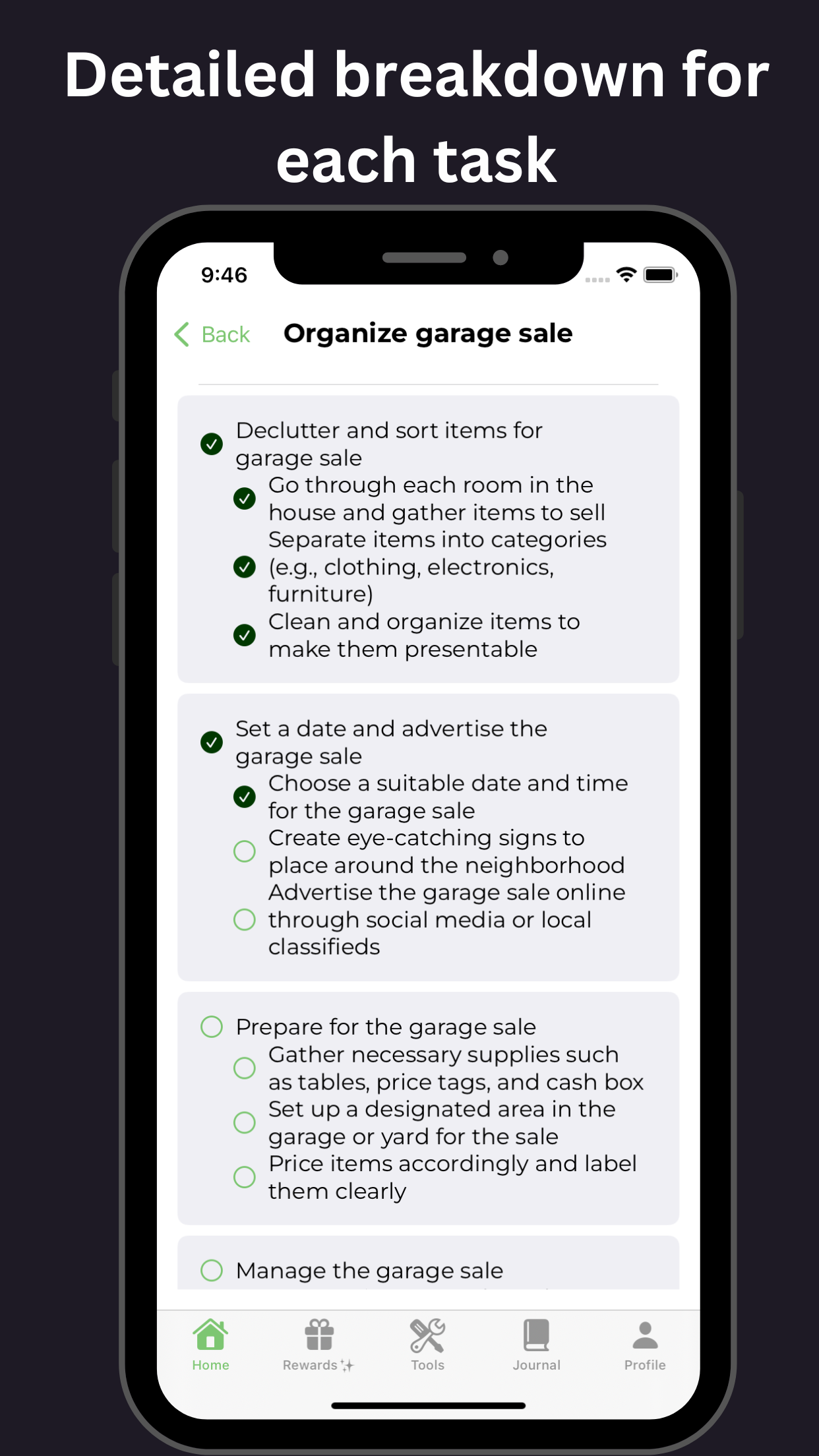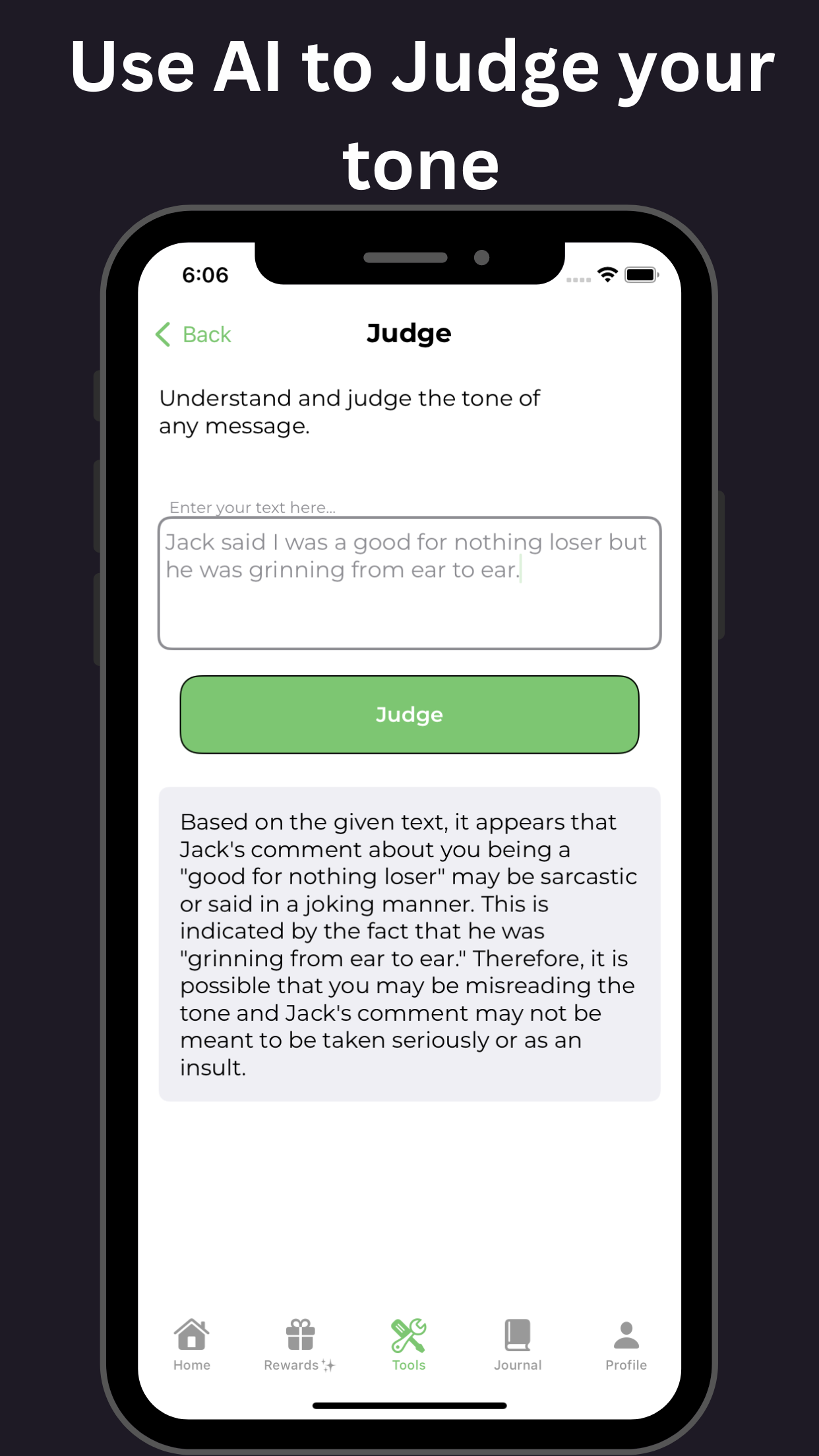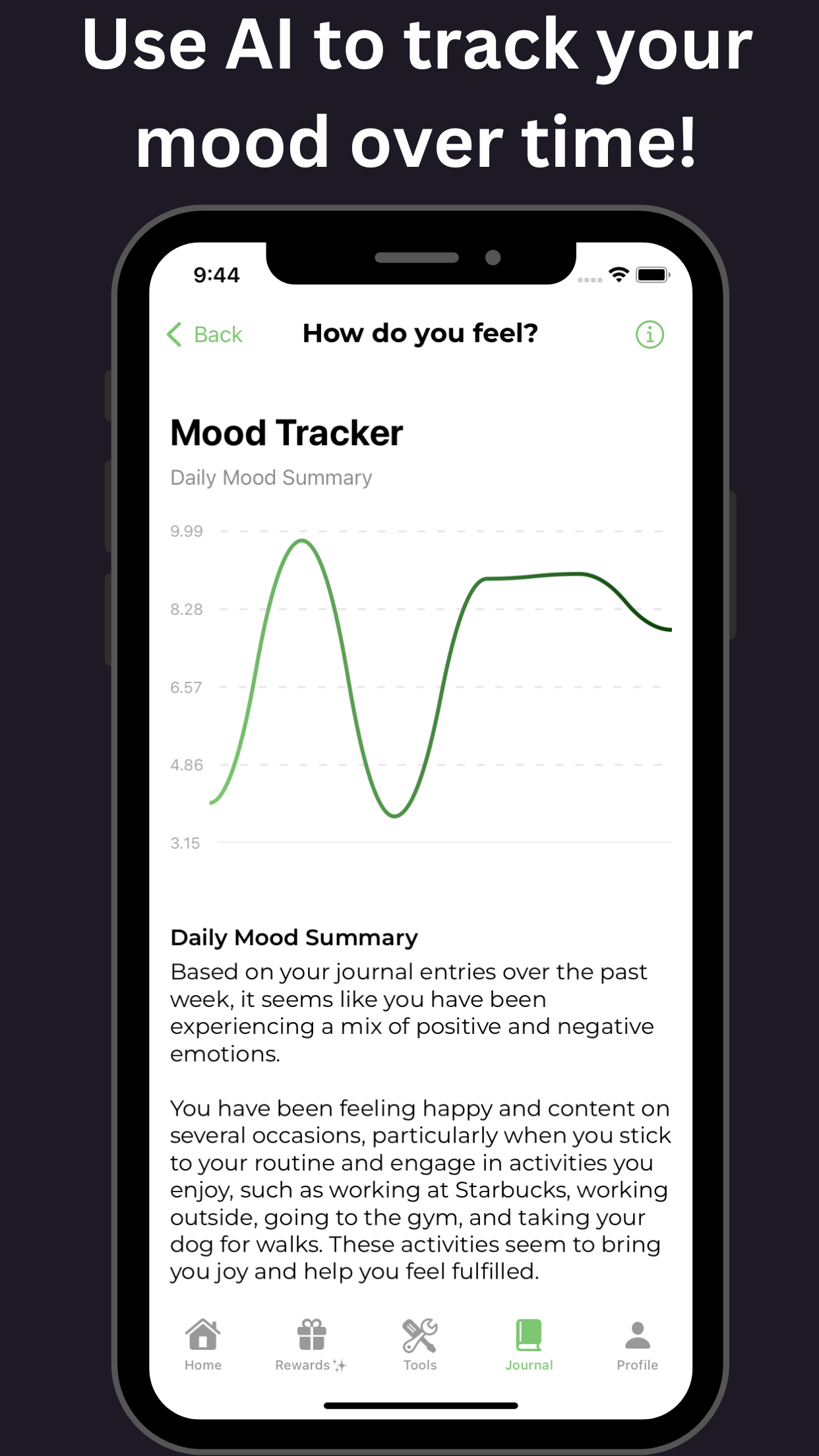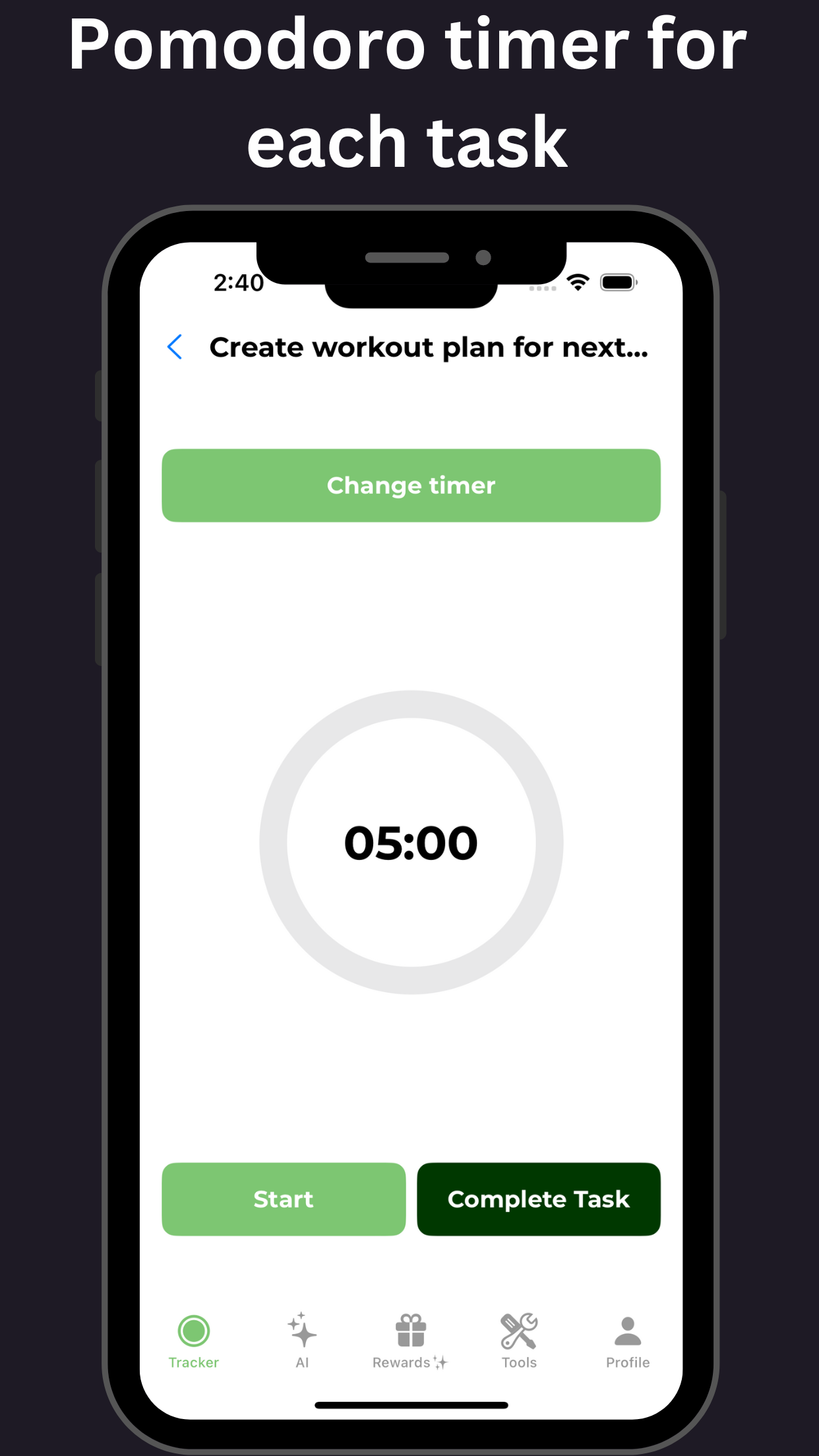Understanding the Distinction between ADD and ADHD: A Comprehensive Breakdown of Commonalities and Differences
Key Takeaways
| Feature | ADD (Attention Deficit Disorder) | ADHD (Attention Deficit Hyperactivity Disorder) |
|---|---|---|
| Clinical Criteria | Only attention-related symptoms | A combination of inattention, hyperactivity, and impulsivity symptoms |
| Symptoms | Difficulty sustaining attention, disorganization, forgetfulness | Difficulty sustaining attention, hyperactivity, impulsivity (e.g., interrupting, blurting out) |
| Behavioral Manifestations | Often absent-minded, easily distracted, failure to complete tasks | Often fidgety, restless, impulsive, prone to interruptions |
| Impact on Daily Life | Difficulty with work, school, and social relationships due to inattention | Difficulty with social relationships, work, and daily activities due to inattention, hyperactivity, and impulsivity |
| Prevalence | Less common than ADHD | Moderately common, estimated 8-10% of children and 4-5% of adults |
Introduction: What’s the Dispute Between ADHD and ADD?
The Distinction Between ADD and ADHD: Setting the Record Straight
For decades, the terms Attention Deficit Disorder (ADD) and Attention Deficit Hyperactivity Disorder (ADHD) have been used interchangeably to describe a neurodevelopmental disorder characterized by symptoms of inattention, hyperactivity, and impulsivity. Understanding the nuances can impact diagnosis and management of the condition significantly.
Historically, ADHD was first identified in 1968, considered a single disorder with two subtypes. Over time, terminology evolved, with ADD emerging as a separate diagnosis for the inattentive subtype.
Key Differences: ADHD typically involves a combination of inattention, hyperactivity, and impulsivity, whereas ADD relates solely to inattention. Understanding this distinction ensures accurate diagnosis and effective intervention for individuals with ADHD.

The Origins of the Term “ADD”
The term “ADD” emerged in 1980 with the publication of the DSM-III, recognizing it as a subtype of ADHD. By 2013, the DSM-5 replaced “ADD” with “ADHD,” acknowledging the complexity of symptoms present.
Key Differences:
- ADD: Outdated term used before recognizing ADHD as a broader diagnosis.
- ADHD: Encompasses three subtypes: Predominantly Inattentive Type, Predominantly Hyperactive-Impulsive Type, and Combined Type.
This evolution demonstrates the importance of accurate terminology and potential impacts on diagnosis and support strategies.
Symptoms and Types of ADHD
ADHD is characterized by inattention, hyperactivity, and impulsivity symptoms. Recognizing these symptoms can lead to better management strategies:
- Difficulty sustaining attention
- Disorganization and forgetfulness
- Easily distracted
- Fidgeting
- Impulsive actions without thinking
Types of ADHD:
- Predominantly Inattentive Type (ADHD-PI)
- Predominantly Hyperactive-Impulsive Type (ADHD-PH)
- Combined Type (ADHD-C)
Recognizing these distinctions aids in effective treatment and support.
Common Misconceptions: Debunking the Myths About ADHD and ADD
The misunderstanding continues about the differences between ADD and ADHD:
- ADD is a milder form of ADHD
- Only children can experience ADHD
- ADHD results from poor parenting
It's essential to understand these conditions accurately to provide proper support. Tools available through GoblinX can assist individuals in managing symptoms and accessing community support.
Moving Forward: Using Correct Terminology and Seeking Support
Using accurate terms is vital for understanding and seeking proper support for ADHD. Engaging in communities that recognize this distinction enhances the support systems for individuals with ADHD.
Conclusion: Replacing “ADD” with “ADHD” – A Step in the Right Direction
The shift from ADD to ADHD reflects a more accurate understanding of these conditions, ensuring improved care and support for those affected. For tools and support, consider using GoblinX for anxiety and ADHD management.









